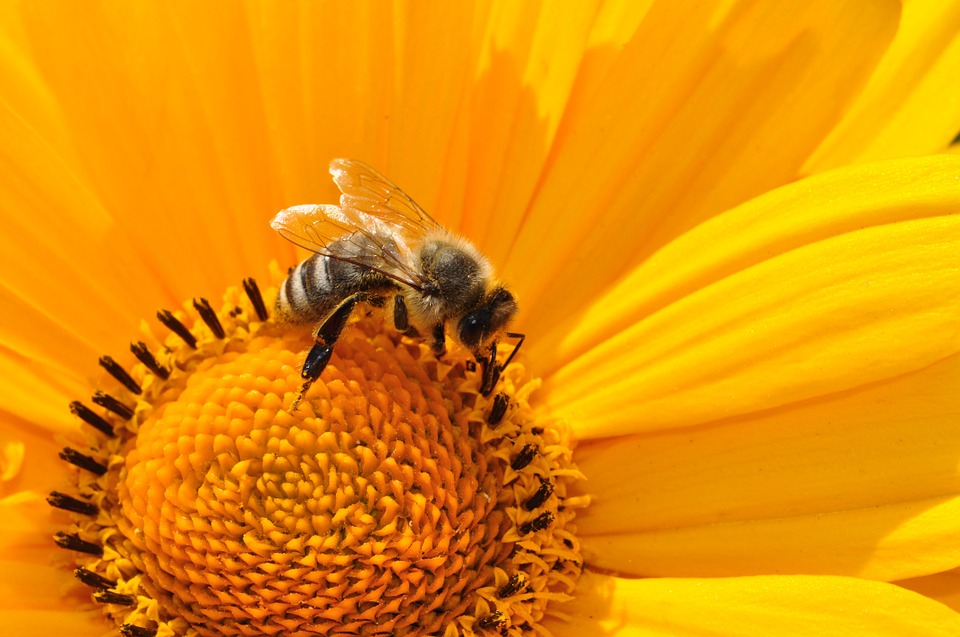By Amber Morin, Arizona Farm Bureau Field Manager and southern Arizona rancher with her family
With all the talk surrounding honey bee declines, you might be wondering why I would spend any amount of time talking about “hive-proud” honey bees. Or, bees that are simply more hygienic. They keep the hive/house/and others clean, according to an article published by the Journal of Economic Entomology.
Why would these bees be important? Well, common sense tells us that a clean house provides a healthier environment for families which means less sickness. The same applies to bees, and this is significant because of a nasty pest called the Varroa mite (V-mite). The V-mite is a major problem and is far more abundant than previous estimates indicated, per a multi-year study completed by the USDA and the University of Maryland (UMD). V-mites are external parasites that attack and live off the blood of both adult honey bees and their developing larvae. Untreated infestations of V-mites may kill colonies.

The spread of V-mites from colony to colony is due to drifting worker bees, or when bees rob smaller colonies that are already infested. The rapid spread of the pest also is contributing to another problem, viruses. The same study by the USDA and UMD also established clear evidence that V-mites act as transmitters of diseases, like mosquitos and malaria. This is the first study of its kind to study diseases in honey bee hives, and for beekeepers, a crucial tool to maintain their “livestock health.”
There are pesticide recommendations for how to deal with this pesky disease carrying mite, but other options are being looked at. Thanks to advancements in gene-editing, like the CRISPR/Cas9 tool, which lets scientists hack genomes, make precise incisions, and insert desired traits (already existing within the animals), there are some bio-entrepreneurs hoping to tap into the hygiene gene mentioned above to reduce the occurrence of the V-mite and subsequently the viruses it carries.
Can it work? Evidence suggests that some bees are more hive-proud and kick out infested larvae and pick mites off fellow adults, keeping the hive mite light. Breeding for these characteristics could take years of field experiments, but if the genetic sequencing of the hygienic gene could be found, bee colonies could have their saving grace against these pests. Such options should not be ignored, as honey bees are indispensable to the stability of crop production and food security in the USA.
If you liked this blog: Bee Gardens: How you can Become an Active Participant in Agriculture too!
Sources:
http://link.springer.com/article/10.1007%2Fs13592-016-0431-0
https://entomology.ca.uky.edu/ef608
http://www.nature.com/news/2001/010420/full/news010426-2.html
https://www.yahoo.com/news/corn-cattle-gene-editing-supercharge-101540356.html

